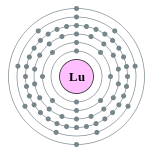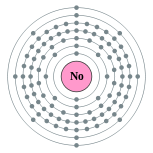Helium Addicition (#002, He)
Janet Kuypers

from the “ Periodic Table of Poetry” series
Since I lost my job welding cars,
I thought I’d get my truck driving license
And make my money on the open road.
So when I applied for the truck driving job
for moving compressed Helium from California
to Maine, they asked if I could drive a truck…
When I said I could, they gave me the keys —
and the truck’s a beaut, with a bed
of nine cylinders of that precious Helium.
I hear there’s only so much Helium on Earth,
so I really had some precious cargo to haul.
Now, since I love driving and know how to weld…
I rented the tools and bought the tubing,
and after Arizona I had my rig set up
so I could do Helium hits while on the road.
I mean, I had nine huge tanks of Helium,
all compressed, it was like worker’s comp. You
can always skim off the top, they won’t notice.
Now, this made New Mexico and Texas really fun,
and I ignored the winds sweeping down the plains
of Oklahoma when I had my Helium.
But after Missouri, through Illinois, Indiana, Ohio,
the cops always pulled me over for erratic driving
(but I can’t let go of this Helium high!).
The cops would ask me for paperwork,
and I would happily comply. “You seem to be
driving erratically. Have you slept recently?”
“Yes sir, I’m just so excited, I love this job.”
And the cops looked at me funny before
writing me a warning and sending me on my way.
So I’d always look at my clock radio
and limit my Helium puffs to every time
I saw a good looking seat cover in a passing car —
but the hotties were few and far
between, so I’d check my clock radio
and puffed every seven minutes.
So when my Helium high subsided after only
seven seconds, and I still have seven states
before I could deliver my remaining Helium —
well, that’s when I drove north instead,
to go through Michigan, and leave my life —
and this country — with my precious.
And yeah, I’ll miss my family and friends,
but I’ve only scratched the surface
with my nine lives of Helium, and really,
that Helium high is really worth the world.





